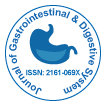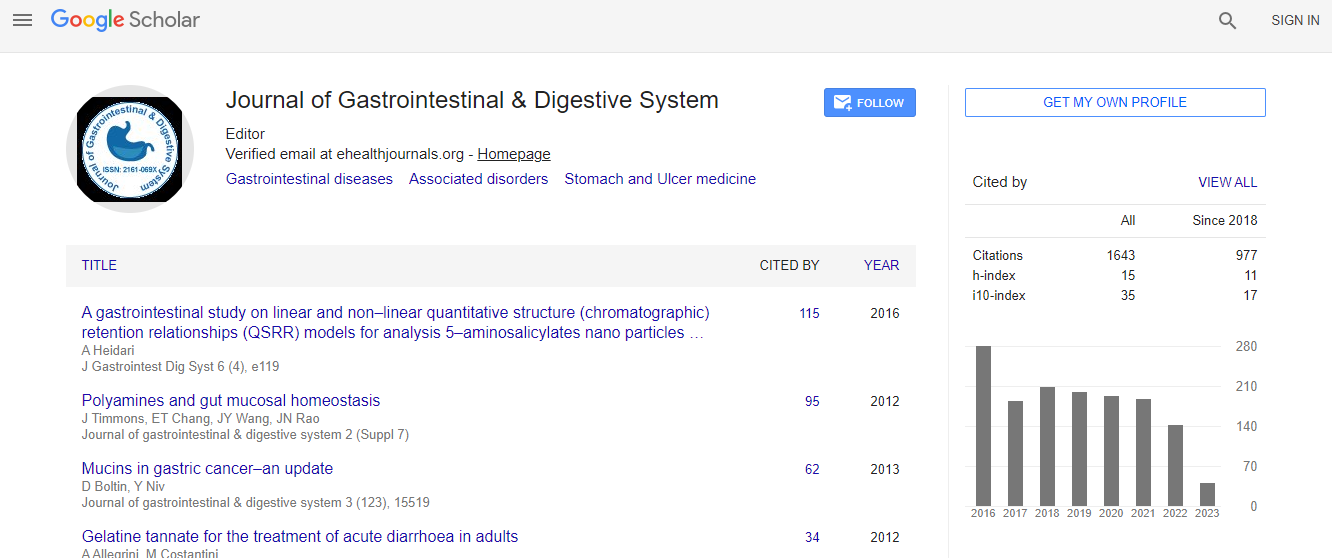A rare case of Squamous Cell Carcinoma at the site of ileoanal pouch in Crohn's disease
Abstract
Background: Few cases of pouch-related cancers have been reported in Crohn’s disease and squamous cell carcinoma (SCC) is very rare. We present this case of a 59-year-old lady who underwent restorative proctocolectomy with ileal pouch– anal anastomosis formation for inflammatory bowel disease during the 1990s. The patient was noted to be anaemic and she started experiencing significant weight loss with poor pouch function in 2017. Endoscopy and radiological investigation revealed the presence of a pouch-related carcinoma.This was subsequently treated with surgical therapy and chemoradiotherapy. The patient remains well until now and will undergo completion imaging after chemoradiotherapy which will guide future surgical strategy. Response to therapy, functional status, and biopsy after treatment will determine whether the patient will be able to salvage the pouch.
Methods: A 59-year-old patient with Crohn's disease was treated by proctocolectomy with straight ileoanal anastomosis. Twenty-one years after the operation, the patient noticed significant weight loss and poor pouch function.
Results: This article presents a patient with Crohn's disease who developed moderately differentiated squamous cellcarcinoma of the pouch body, 21 years after proctocolectomy with ileoanal anastomosis.
Conclusions: Pouch cancer following IPAA is very rare, questioning the need for general, rather than selective, surveillance. Diligence and vigilance with regard to active follow-up, and a high index of suspicion, are required to prevent this from becoming a more frequently seen problem.

 Spanish
Spanish  Chinese
Chinese  Russian
Russian  German
German  French
French  Japanese
Japanese  Portuguese
Portuguese  Hindi
Hindi 
